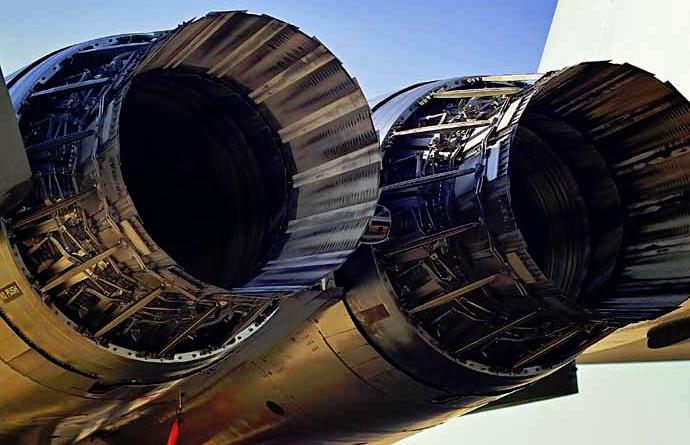
As the US private-sector economy has stalled, more businesses are seeking to win more work from federal, state and local governments. SM&A has made helping companies do just that its one and only business for the past 28 years. Keith Regan learns how the company is adapting to new market realities to help clients prepare for, win and effectively complete government contracts.
SM&A was founded in 1982 as a key partner to defense contractors seeking to secure large-scale contracts with the Department of Defense. Since that time, it has expanded into other vertical markets and has helped clients shape their proposals on some 1,200 individual procurements worth a collective $340 billion. With a win rate of 85 percent and an independently certified client satisfaction rating of 93 percent, the company believes it is the most successful firm of its type.
Rick Agopsowicz, the senior vice president of business strategy, planning, development and capture, says SM&A has laid out a strategic roadmap to help it thrive in a changing market environment.
Those changes include fewer blockbuster-sized programs from government agencies as well as more companies, especially those with new solutions, seeking to sell into the government market. At the same time, the federal government in particular has made it clear that how it chooses vendors in the future will be about much more than the best technology.
“There’s been a clear message that it’s not the best technical solution that’s going to win, but the technical solution that meets the minimum requirements of the program at the lowest possible cost, delivered on schedule, and demonstrating the performance required,” says Agopsowicz.
Such trends often find their way from the federal government into state and local agencies and eventually into the private sector, meaning that businesses that prepare themselves to win government work are often well positioned down the road, he adds.
SM&A helps clients get into that position by offering strategic advisory services, competition management and, after a bid has been won, program services to help them carry out work in the timely and cost-effective manner the government is seeking.
Planning and strategy often begin with the question “How and where can we make money in the public sector?” he says. “A business might have a solution but have never done work in the public sector.” SM&A helps by doing gap analysis that helps vendors understand what barriers might exist to them winning contract awards, be they infrastructure-driven, brand-driven or talent-driven barriers. From there, it offers assistance with building the infrastructure needed to compete effectively for deals.
“There’s still a lot of money in the public sector, and there’s a bit of a feeding frenzy over it right now,” says Agopsowicz, who joined SM&A in 2001 and had previously spent 30 years with the US Air Force.
Today, each program or potential contract is drawing more attention than ever. For instance, a $50 million contract is now drawing the attention of large defense contractors that may have once considered such a deal too small to pursue, as well as large consulting firms looking to replace lost commercial-sector work and smaller, emerging players for whom a $50 million contract may be the key ingredient to helping it stage an initial public offering.
“As a result of all that attention on the opportunities that are out there, people’s win rates are starting to go down,” he adds. “The work we do is aimed at very strategically helping them get those win rates back up, helping them win more business and then complete that business effectively, on time and on budget.”
Another way SM&A brings value to its clients is the insight it has into what the emerging and future needs of government agencies will be, intelligence gathered thanks to the sheer volume of professionals it has in the field, many of whom have been recruited to join the firm after leaving government service. The company employs about 450 people and is constantly hiring, even during slow times, to add to its ranks of professionals. When government agencies issue policy statements, meanwhile, SM&A’s internal strategic intelligence group will quickly analyze them and produce internal memos on what they might mean for various industry verticals.
SM&A also offers staff support when vendors need to “surge” to meet contract demands and timetables. As an example, it has one of the largest cost & schedule management practices in the industry, helping clients keep even the most complex projects on track. “We have 140 schedulers on staff—the only entities that can match that are some of the top-tier defense contractors.”
Increasingly, SM&A is choosing a partnership model with smaller, third-tier vendors that lack many of the capabilities the government is seeking but may have solutions that would be in demand. “In those cases we may become more of a business partner,” says Agopsowicz. “We’re the best in the industry, but with that comes a cost, which smaller companies may not be able to afford outright. If a firm has an innovative product or service that is unique, we might consider partnering in a sharing of profitability and of risk. That can be a way that even a smaller startup might be able to get us on board to help them thrive in the government market.”
For its own future, SM&A is following a strategic roadmap developed in 2008 that is revisited frequently and involves SM&A using internal organic development and targeted acquisitions to grow its ability to deliver services to a broader array of clients. The company had a decade-long stint as a publicly traded entity but has been privately held since 2009. Now it’s adding smaller technology firms and mid-sized consulting practices to a client roster that has long included the likes of Boeing, Raytheon, General Dynamics, Lockheed Martin, IBM, Oracle and Cisco Systems.
“We’re here to help our clients win business and then execute it to the government’s standard,” says Agopsowicz, “and we’re constantly looking to enhance our ability to do that.” www.smawins.com













